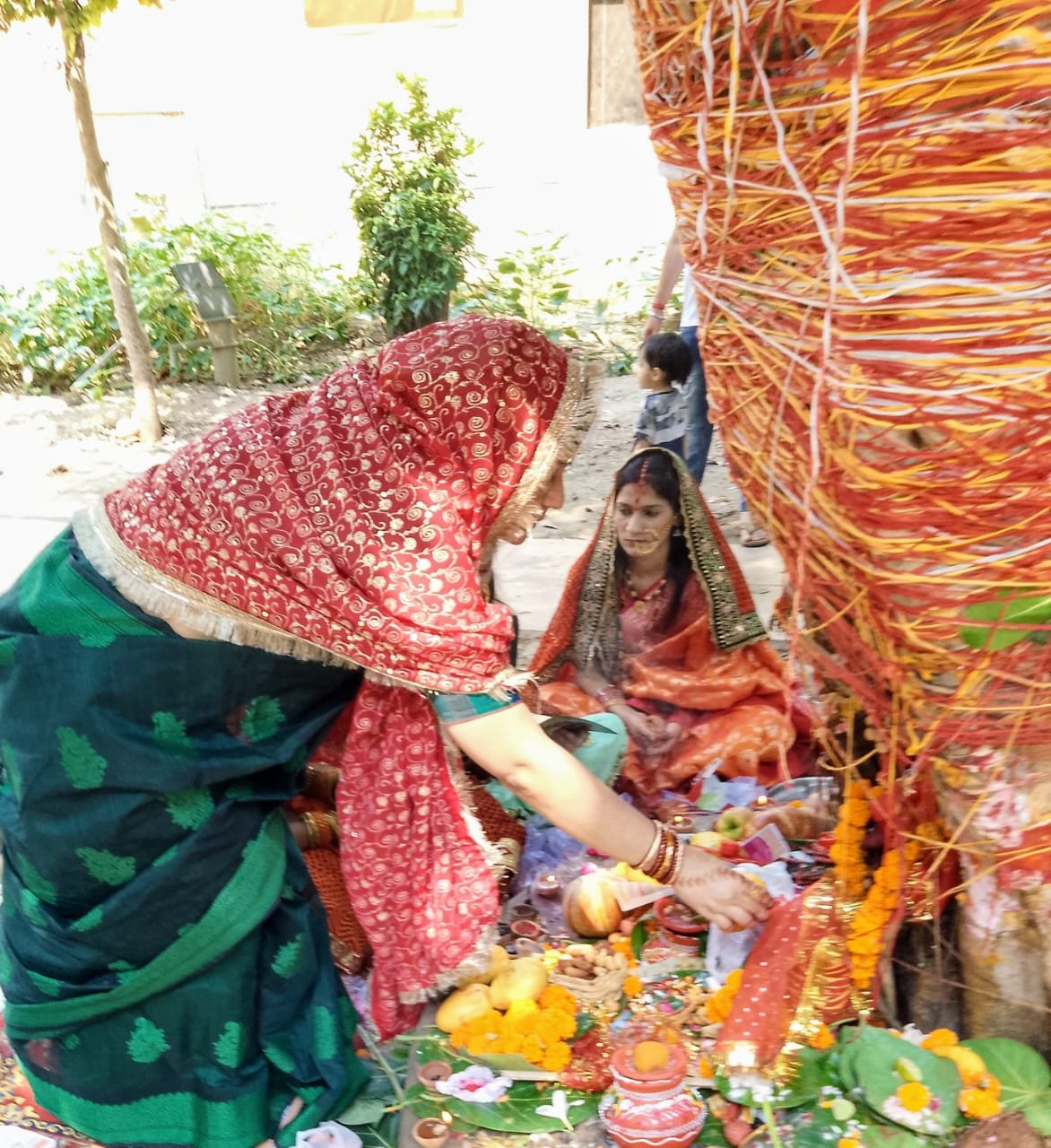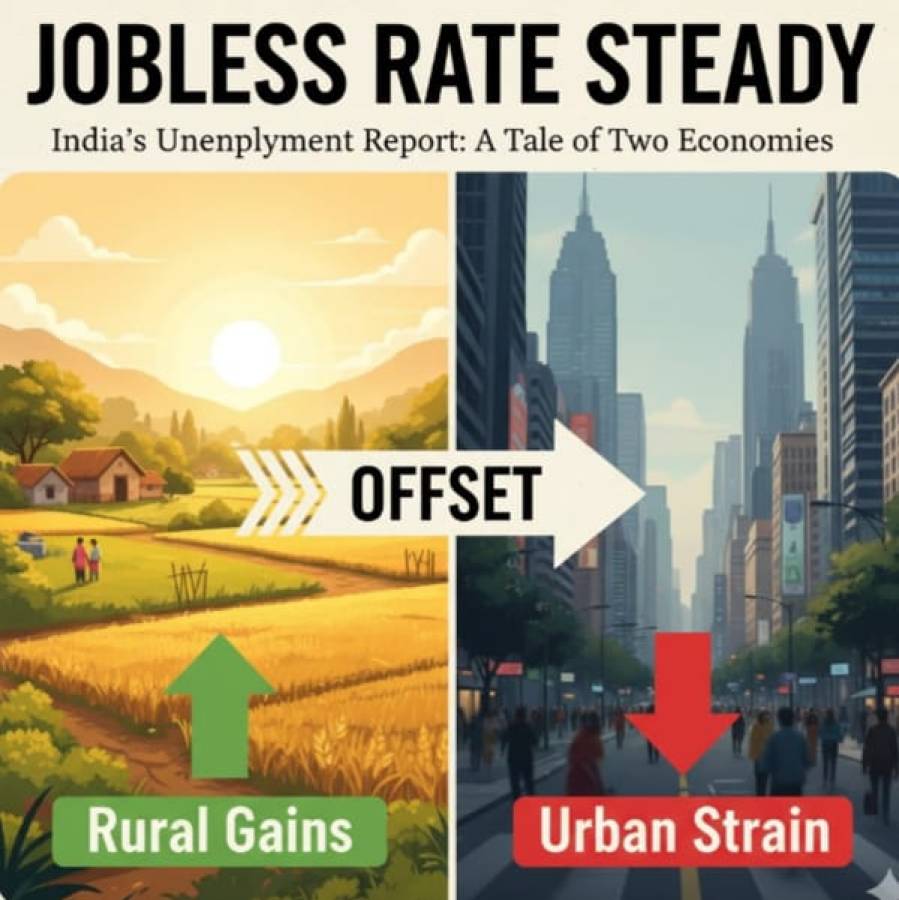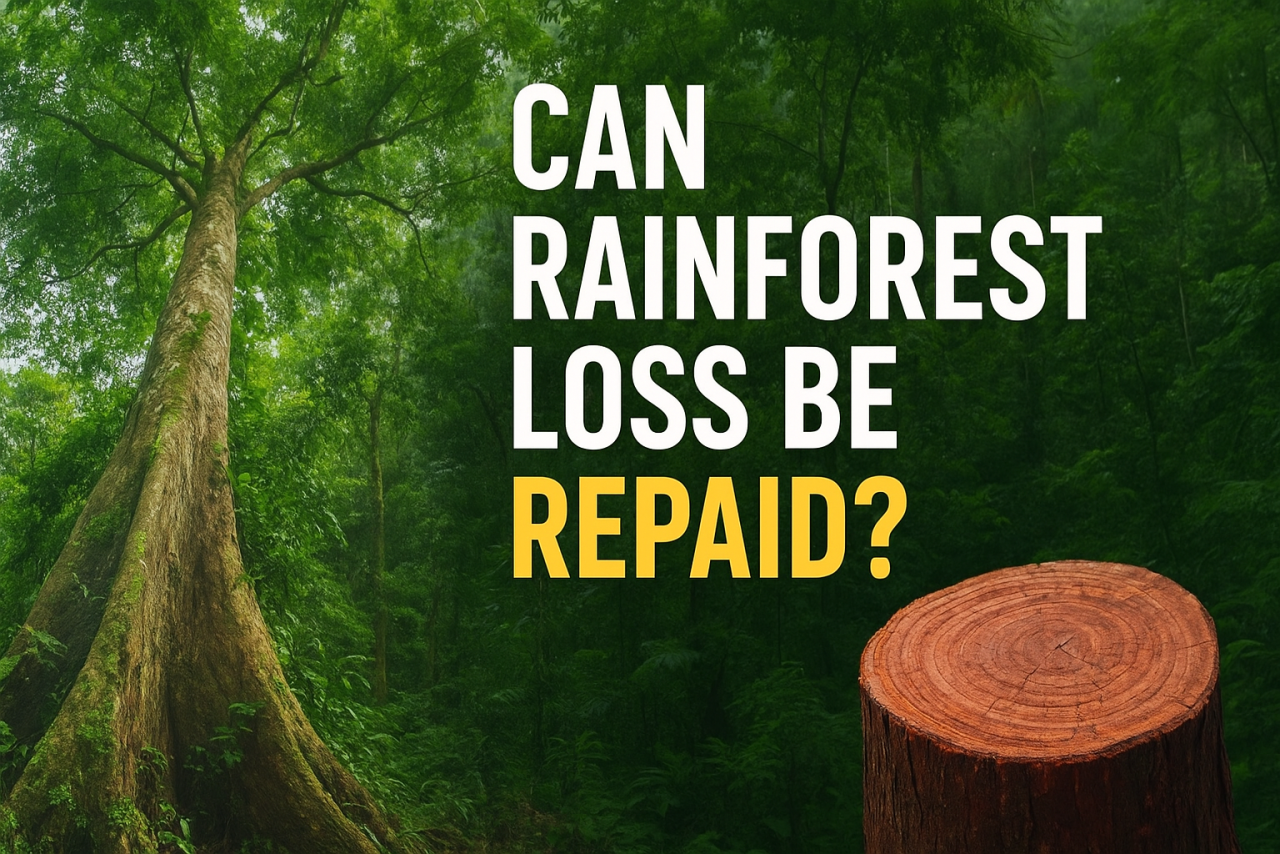
At first glance, Vat Savitri and World Environment Day might seem like rituals from entirely different worlds—one steeped in religious tradition, the other driven by global ecological concern. But look deeper, and you'll find a profound philosophical overlap between the two. Celebrated every year in northern India, especially in Bihar, Vat Savitri is more than just a Hindu festival—it's an ancient environmental ode that predates the modern green movement by millennia.
Observed on the new moon day of the month of Jyeshtha (May-June), Vat Savitri centers around the worship of the banyan tree, or Vat Vriksha. Women fast and perform rituals beneath its vast canopy, praying for the longevity and well-being of their husbands. The festival draws its roots from the tale of Savitri, who, through sheer devotion and unshakeable will, persuaded Yamraj, the god of death, to restore her husband’s life—while sitting beneath this very tree.
But beyond mythology lies ecology. The banyan tree, known in scriptures as Kalpavriksha—the divine wish-fulfilling tree—is scientifically one of the most environmentally beneficial trees on Earth. It produces more oxygen than most other trees, supports rich biodiversity, improves groundwater levels, and has powerful medicinal properties. Its sprawling roots and thick shade also help regulate soil temperature and reduce erosion. Recent studies even suggest that spending time beneath the banyan tree can alleviate stress and reduce symptoms of depression.
What makes Vat Savitri particularly compelling is how it intertwines faith and ecological consciousness. While World Environment Day, started in 1973 by the United Nations, seeks to raise awareness about sustainability, Vat Savitri has long embodied those values through ritual, reverence, and symbolism. It transforms tree worship into a personal and communal act of environmental protection.
As Shashi Tharoor notes in The Hindu Way, metaphors like the banyan tree often describe Hinduism’s layered and expansive nature. The tree’s metaphorical depth mirrors its ecological role—ancient, rooted, nourishing, and protective.
In an age where climate concerns dominate headlines and governments struggle to legislate environmental responsibility, perhaps it's time to rediscover the wisdom embedded in cultural traditions. Vat Savitri is not merely a religious observance—it’s an ancient ecological narrative wrapped in ritual. It reminds us that long before environmentalism became a movement, it was a way of life.
In celebrating World Environment Day, we might also take a moment to bow to the banyan tree, as countless women do each year—not just as a symbol of marital devotion, but as a timeless guardian of our planet.





















